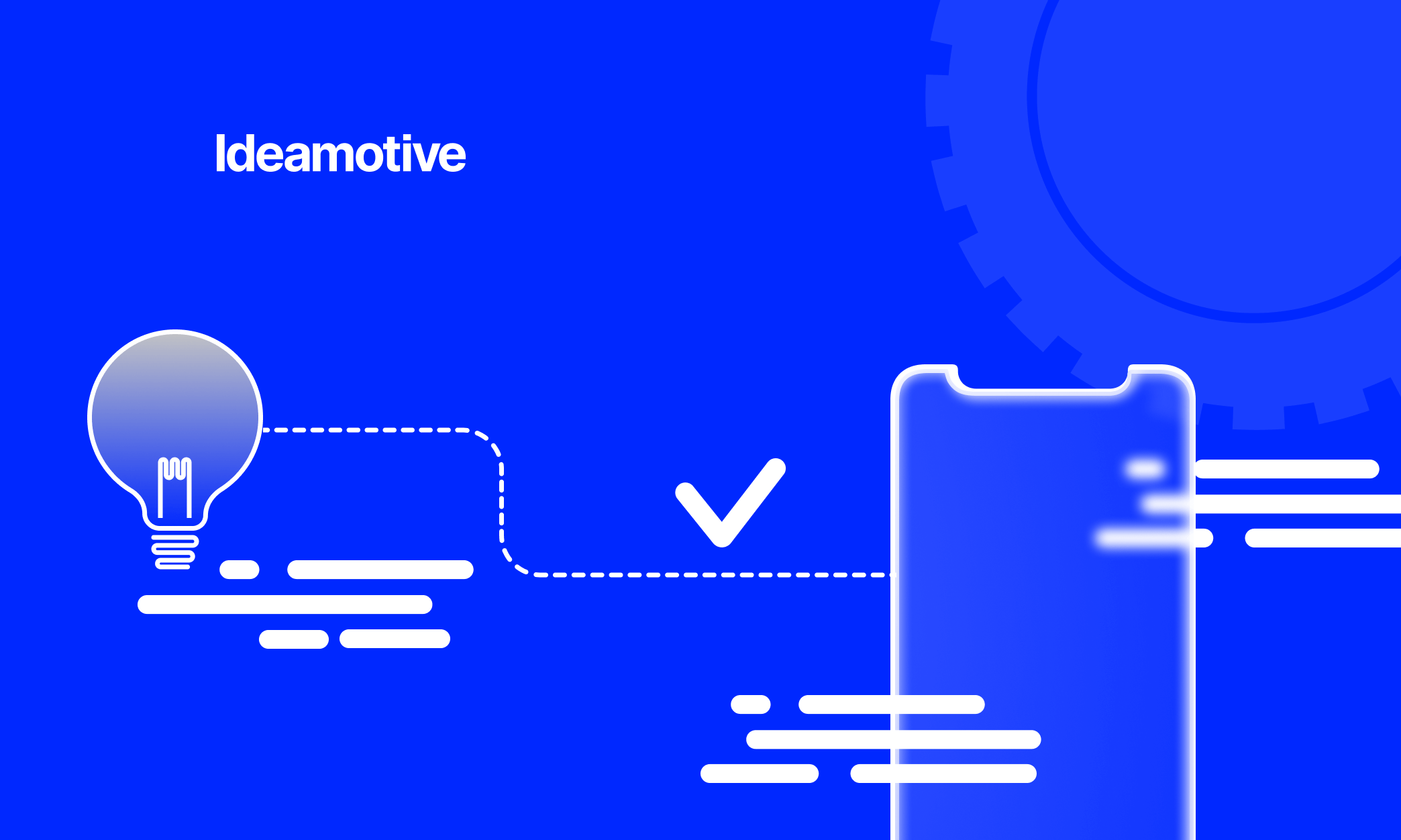You must have heard about Agile by now. It is probably the most popular software development methodology in the world and it is still getting more and more fans across tech companies and IT departments. The vast majority of these organizations either fully implemented Agile methodology or adopt single Agile techniques on a daily basis.
But that’s not as far as it can go. Although it’s usually linked to web and app development, Agile practices can be implemented in virtually any team in any business sector to help your company flourish.
The Agile Manifesto
Agile was formally established in 2001 when the Agile Manifesto was published by a group of founders and developers who were looking for new, more effective ways of software development. The Manifesto goes as follows:
“We are uncovering better ways of developing
software by doing it and helping others do it.
Through this work we have come to value:
Individuals and interactions over processes and tools
Working software over comprehensive documentation
Customer collaboration over contract negotiation
Responding to change over following a plan
The Manifesto was intended for software development in the first place, but in due time other sectors started employing this approach in their work practices. Today, you can observe elements of agile methodology across a wide business spectrum. From publishing to recruiting companies, virtually any organization can benefit from Agile.
This doesn’t mean that every company SHOULD switch to Agile completely. Some businesses are just not fit for this methodology, others are not ready for implementing such deep organizational changes (we’ve been writing about it here).
But worry not! You don’t need to go full-agile if you wish to profit from this methodology. Here are 5 Agile practices for you to implement right away and help your business grow.
Agile Practice #1: Organise daily stand-ups
Left hand doesn’t know what the right hand is doing – have you ever heard that? It may sound somehow biblical (it is actually a quote from the New Testament) but it illustrates the common issue existing in many companies, startups and organizations: the problem of information flow. In the world of multiple projects and dozens of daily tasks, it’s hard to keep up with what your team members are actually doing every day. Sometimes people duplicate work, sometimes just the opposite – tasks remain undone.
That’s where agile methodology comes in. In order to keep up-to-date with your team’s efforts, hold daily 10-15 minutes stand-ups when all members answer three simple questions. First two go as follows:
What have I done since the last stand-up?
What am I going to do today?
If you are using project management software, such as Asana or Slack, you will probably say that you already have strong control over your projects and you don’t actually need another tool or process. But daily stand-ups are not only about information. They are also about looking for potential impediments or threats. That’s why there’s a third question:
What challenges do I face?
This gives your employees a chance to alert you in advance about any potential problems. It also creates an atmosphere in the workplace where people are not afraid to talk about their struggles and can easily seek help for which they wouldn’t ask otherwise. Daily stand-ups help you cultivate the atmosphere of transparency within your organization.
PROTIP: Make sure that everybody is standing while they speak – it will make the process shorter and more energized!
Agile Practice #2: Break the project down into sprints
One of the most common methods to run businesses nowadays is through project management. It makes sense – projects are supposed to be properly described, with a clear beginning and a well-defined ending. The whole idea of running a project is to have clarity as to what needs to be done, when and in what order.
So much for the theory. Unfortunately, sometimes the reality is a bit different. Projects tend to grow to monumental sizes and levels of complexity. They blend with each other or one transforms into another. Some of them just last continuously, without any perspective of finishing. And many times various projects overlap, creating additional chaos and confusion. At some point the projects you run or are involved in becoming so overwhelming that no-one actually knows where to start the work and how to manage such a big undertaking.
Agile methodology knows these problems well and provides a solution: in order to manage a project well, you should break it down into smaller, more graspable pieces of work. In software development, it is often referred to as “sprints” or “iterations”. The key point is to divide your whole scope of work into measurable chunks. Most often, these are one- or two-week periods in which you aim to accomplish certain things – for example, develop a new feature of a product.
PROTIP: Try to keep the length of the iteration fixed. It will help you estimate the project’s remaining duration and make it less stressful for your employees!
Agile Practice #3: Constantly ask for client’s feedback
How many times were you sure that you understood your client’s needs, just to hear after delivering the final product that “this is not what we wanted” or “please, include the following changes and amendments”?
My guess is plenty. Usually, it forces you to go back, withdraw solutions you have already in place and spend your precious time developing or even changing the initial assumptions and binning most of the project. Frustrating, isn’t it?
Agile methodology solves this problem.
In Agile you do not wait to the very end of the process to show the fruits of our work to the clients. On the contrary: you get your product or service in front of their eyes as early and as often as it’s possible. This way you can identify potential misunderstandings at the early stages of your cooperation and correct them, saving time. You can gather precious feedback and implement it as you go. But most importantly, you and your clients can be sure that the work goes in the right direction.
PROTIP: Your client has to understand the aim of this process before you start implementing it in your cooperation. Make sure you explain that clearly!
Agile Practice #4: Keep a transparent backlog
A couple of years ago I was working as an account manager in an advertisement agency. In order to keep track of my team’s efforts, we were using post-it cards to identify certain tasks, allocate them to different team members and prioritize them from MUST-BE-DONE-NOW to “yeah, it can wait”. We were sticking them to the wall in our team room, creating a huge, colorful mosaic. It was beautiful. It was monumental. It was also fun. But most importantly, it helped us a lot.
What I didn’t know at the time was that I actually implemented an agile methodology solution called “backlog”.
As described in the Scrum Guide, a Product Backlog is an ordered list of everything that is known to be needed in a product or service. It evolves along with the development of the product – you can add new elements as they appear and reprioritize them. Good backlog will also give you an overview of your team’s work division. You’ll be able to see if the tasks are equally distributed and make sure that nothing is forgotten.
Agile backlog can take many forms: it can be an Excel sheet, a Trello board or, like in my case – an actual, physical wall. What matters is that it should contain all of the tasks or elements of the product you are developing or process you are going through. It will help you monitor the progress in the short and long run and give you a solid overview of your team’s actions.
PROTIP: If you are using a physical version of a backlog (such as whiteboard or post-its) always keep a backup copy in digital form. History is full of housekeepers who wiped world breaking ideas clean because they were left on blackboards… 🙂
Agile Practice #5: Get together with your client on a regular basis
We don’t really like emails. They slow down the communication process as they wait unanswered in the inboxes and have some unique tendency to become lost or forgotten. We also noticed that people tend to “polish” the content of their emails, which sometimes results in not talking directly about issues or challenges they face. Not to mention that writing an email simply takes time. And writing ten emails takes ten times more.
Emails do not fit into Agile methodology, which is all about efficiency, open communication, and instant feedback. That’s why it is so important to establish real-time interactions with your clients.
Live meetings, Skype, Google Meet or even conferences call – there are many ways to have real-time communication with your client. Agile proposes setting up regular sprint meeting during which you can report on your progress, present outcomes and gather precious feedback. Regular meetings are also a great opportunity to get clients more involved in the process, even at the early stage of your cooperation. They may also be a source of valuable insights to improve your projects. Put all together, these kind of interactions are precisely what allows businesses to keep customer satisfaction levels high!
PROTIP: Set a fixed day & time and stick to it (eg. every Monday at 12:00). This will help you organize and plan your work. It’s also about creating a habit – both for you and your client!








